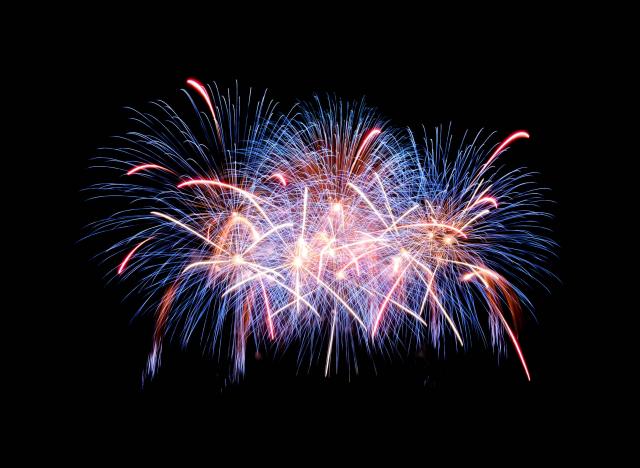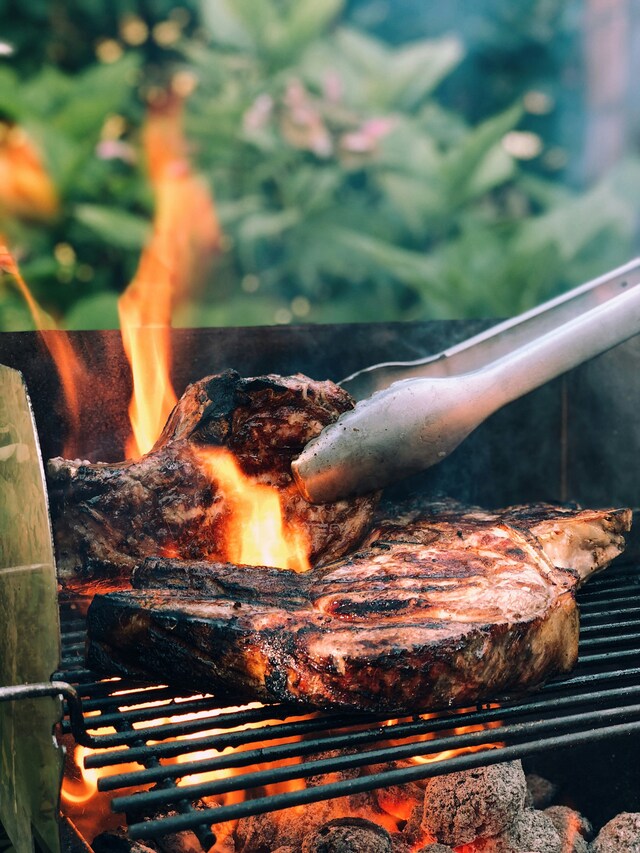When it comes to beer, there are hops and there are hops. It’s fair to say you’d have to be quite the beer boffin to be able to pick the difference between Galaxy and Nelson Sauvin or your Pride of Ringwood in a beer, but boy do hops make a difference in a beer’s character.
“Different hops bring different characters to beer,” says Cascade’s head brewer, Mike Unsworth. “Some are good at imparting bitterness and others contribute more to the flavour and aroma of a beer. It’s all to do with the chemical components that are contained within the hops, particularly in the glands.”
Hops are added at different stages of the brewing process – for bittering at the start and for flavour and aroma towards the end – and often different hops are chosen for the characters they bring to the beer.
“In hops that are good for bittering, you have what are known as alpha acids, and when they’re boiled up they impart a lot of bitterness,” Unsworth says.
“What actually happens is that during the boil [of the brew] the acids change. The heat that’s imparted in the brew makes them more bitter. It’s a process known as isomerisation, where the acids become a more bitter compound.”
Bittering hops are added at the start of the boil as heat and time are required for the isomerisation process to achieve maximum bitterness.
“On the other hand, contained within some hops there are more volatile components and they contribute to flavour and aroma,” Unsworth says. “These are things that boil off – add them too early and you end up blowing most of their characters out the chimney.”
While Foster’s may be Australia’s best-known contribution to the world of beer, our development of a couple of hop varieties – Pride of Ringwood and Galaxy – may be our most important.
“The Pride of Ringwood hop that was developed in the 1950s is probably the best truly bitter hop and is used worldwide,” Unsworth says.
He says Cascade first used Galaxy hops in its seasonal First Harvest, a beer that uses fresh hops, picked on the day the brew starts.
Cascade works with Hop Products Australia, which has been farming hops in Tasmania for more than 150 years, on its First Harvest beer as a testing ground for new hop varieties.
“The Galaxy hop was first used in First Harvest in 2006, when it was an experimental hop,” Unsworth says.
“We use all experimental hops in First Harvest, had a good result with Galaxy and it has gone on to become a major commercial variety. We now use Galaxy in a couple of beers. And it’s quite an unusual hop – it is quite bitter but it’s also got a strong aroma.”
Cascade releases its 2014 First Harvest this week and I was on hand for the picking of this year’s three experimental hops: Brooker for bittering, Argyle for flavour and the aromatic Macquarie. Later that day I added the Argyle hops to the flavour stage of the 20,000-litre, limited-edition First Harvest brew.
Who knows, one of those new hops may go on to be the next big thing in beer.
BEN TRAVELLED TO TASMANIA AS A GUEST OF CASCADE
BEER SELECTIONS
Sierra Nevada Northern Hemisphere Harvest 2013 (California, US)
$11 (1 pint 8 fl oz bottle); 6.7% 5 stars
Each year, California-based Sierra Nevada makes two beers with fresh hops – one in each hemisphere. The hops for this 2013 northern hemisphere brew come from Yakima, Washington. Gentle, pure hop aromas fill the glass immediately – pine needles, orange rind and fresh-cut grass aromas that are characteristic of fresh hops – before caramel malt pushes its way through as the beer warms up. A creamy texture gives way to a similar set of flavours.
Food match | Pulled pork
Bridge Road Brewers Bling Bling Imperial IPA (Beechworth)
$7.50 (330ml); 8.5% 4 ½ stars
I was expecting an over-the-top assault of hops taken to the nth degree when opening this, but no: this is a subtle celebration of the hop with layered aromas of pine, citrus, sweat (a good thing, really) and grass. A thick, creamy texture and mousse leads to a sweet, malty mid-palate that’s surrounded by a doughnut-like structure of bitterness. It’s lengthy, loaded with flavour.
Food match | Rogan josh
Grand Ridge Mirboo Madness American Red Ale (Gippsland)
$6 (330ml); 6% 4 stars
It’s a limited release and the bottle I tried had Brew 2 written on the label. There’s a red(ish) hue to the beer, while orange rind, passionfruit, malt and coffee aromas fill the glass. It’s creamy smooth and has an enduring bitterness that’s pleasant and adds refreshment to the long finish. It uses dry hops from Europe and the US for bitterness and flavour, while a mix of fresh hop varieties from New Zealand give it an aromatic lift.
Food match | Meat pie
Two Birds Sunset Ale (Melbourne)
$4.50 (330ml); 4.6% 4 ½ stars
Red ales, with their deeper flavours, are just the thing for autumnal drinking. The relatively low alcohol in this means you can drink a few. Citrus, toasted barley, toffee; it’s crisp and refreshing, rather than thick and creamy, and there’s intensity to the flavours courtesy of US citra hops and Australian Cascade hops. Bitterness builds as the beer flows along the tongue, holding its finish.
Food match | Buffalo wings and blue-cheese sauce
Cascade First Harvest 2014 (Tasmania)
$19.95 (four x 375ml); 5.5% 4 ½ stars
I’ve taken to drinking aromatic beers out of large wine glasses. Neck this from a stubby and you’ll miss the fresh grassy, citrus and malt aromas from hops picked only hours before brewing. It’s crisp and refreshing, with rounded bitterness, creamy texture and pine and orange character.
Food match | Fish and chips.







